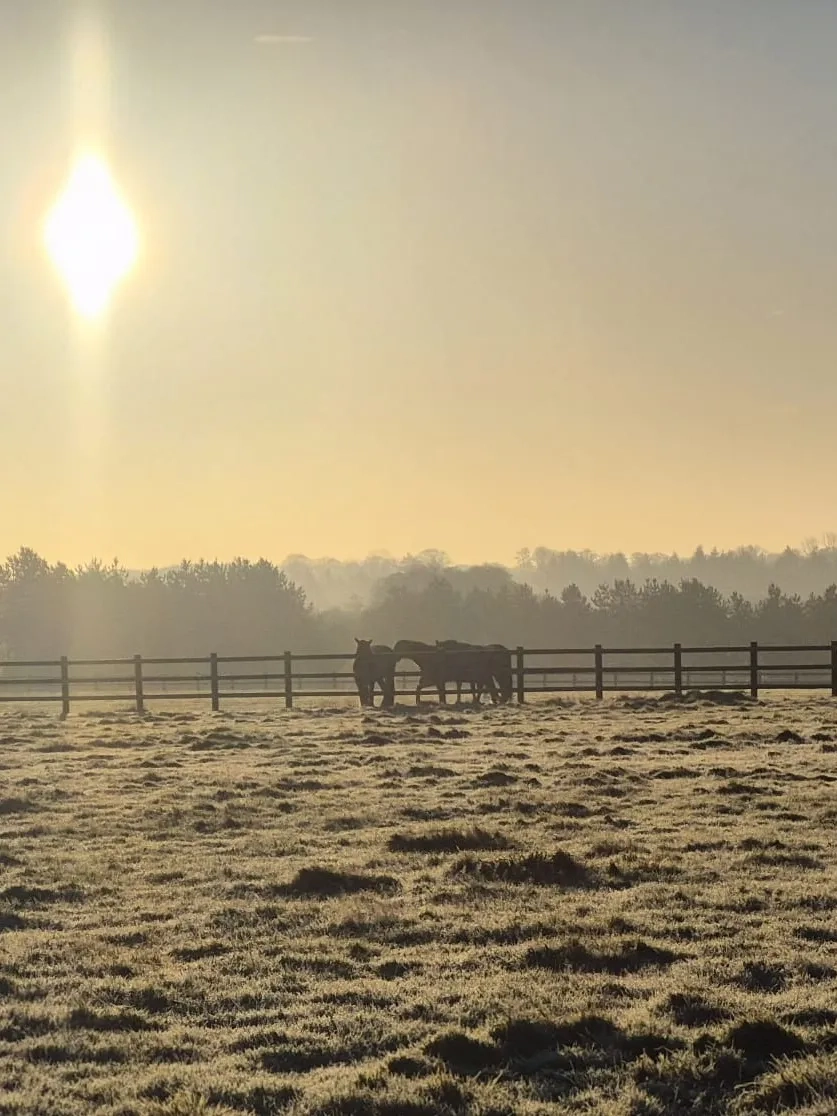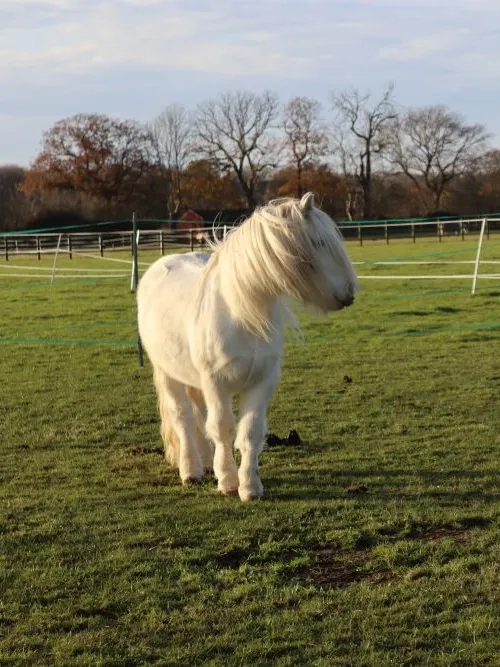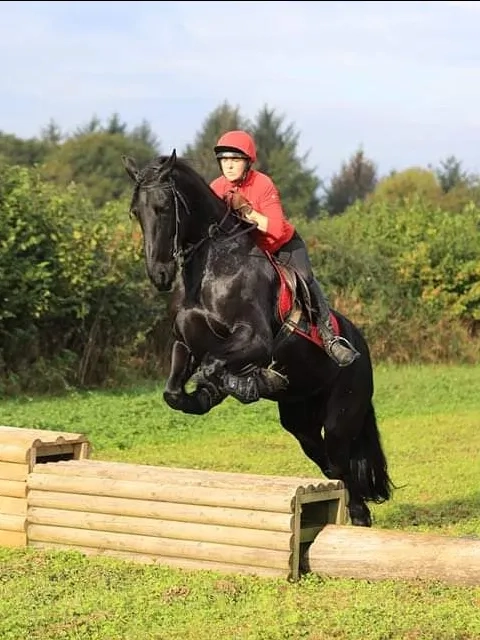14 February 2025
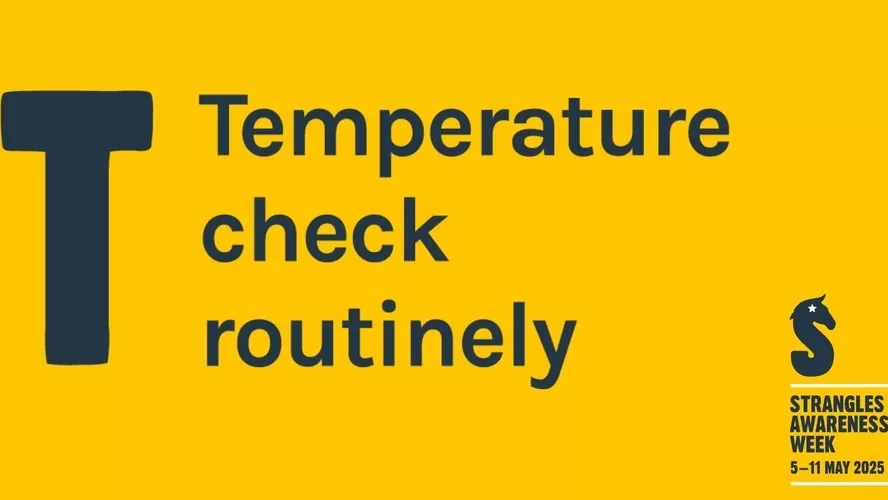
Boost immunity with Strangles vaccination
Engage with trusted information
Separate unfamiliar horses
Temp-check routinely
In this blog, we are looking at the value of routinely monitoring horses’ temperatures, and why this cheap, simple action can hold the key to getting ahead of Strangles.
Our hashtag for SAW 2023 was #HotBeforeSnot, and it’s worth remembering!
Routinely monitoring a horse’s temperature not only helps us to know what is normal for them (some horses will be slightly warmer than others), but also enable us to spot the early signs that something is not right.
A healthy temperature is likely to be somewhere between 36oC and 38oC. A temperature of 38.5oC or above in horses is classed as fever and a sign that the horse’s body is responding to something it really isn’t happy about.
There are many conditions that can lead to a raised temperature, but one of the most common is Strangles or another infectious disease such as equine flu. For this reason, any horse with a fever should be isolated as a precaution until infectious disease can be ruled out.
Fever is typically the first sign of Strangles and tends to develop around 2-3 days before the horse becomes infectious to others. This means that spotting fever early presents a golden opportunity to put measures in place that prevent the continued spread of disease. If we wait until the horse shows visibly obvious signs of Strangles, such as a snotty nose or swollen glands, that may well be too late to prevent the disease being passed on to other horses.
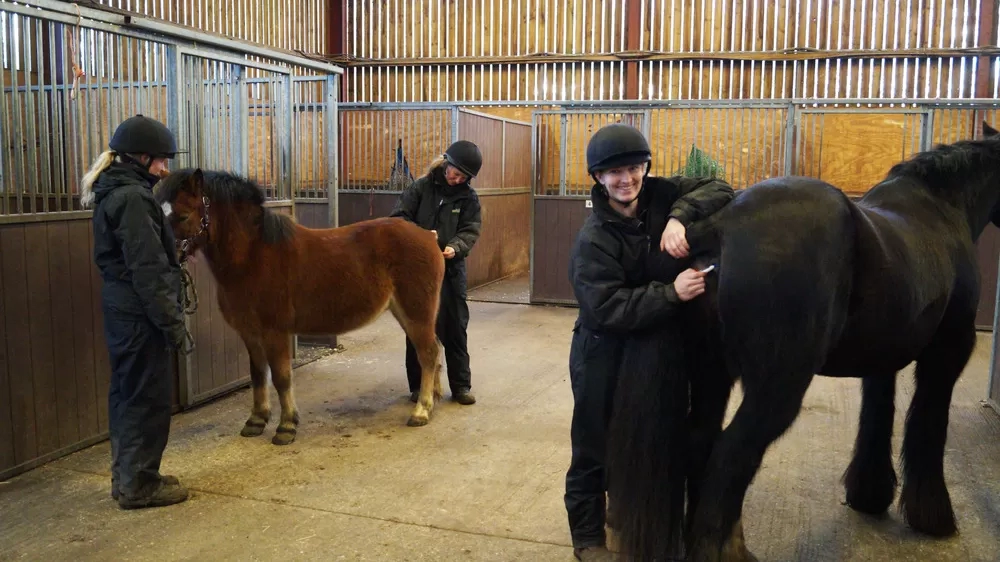
Research shows that many owners only temperature check if their horse is looking unwell. This means that many people don’t know what their horse’s average resting temperature is and won’t know if a reading of 37.5oC is normal or high for them. Not making temp-checking part of horse care routines also makes it more unsafe to try and take a temperature reading in a horse who isn’t used to the procedure and who may not be feeling great.
By making thermometers* part of grooming kits as well as first aid kits, horses in the early stages of a health problem can be supported sooner and both horse and owner will be in the habit of having readings taken, making it quicker, safer and more accurate for everyone.
For top tips on how and why to take a horse’s temperature, watch our special SAW film with top event rider Piggy March below.
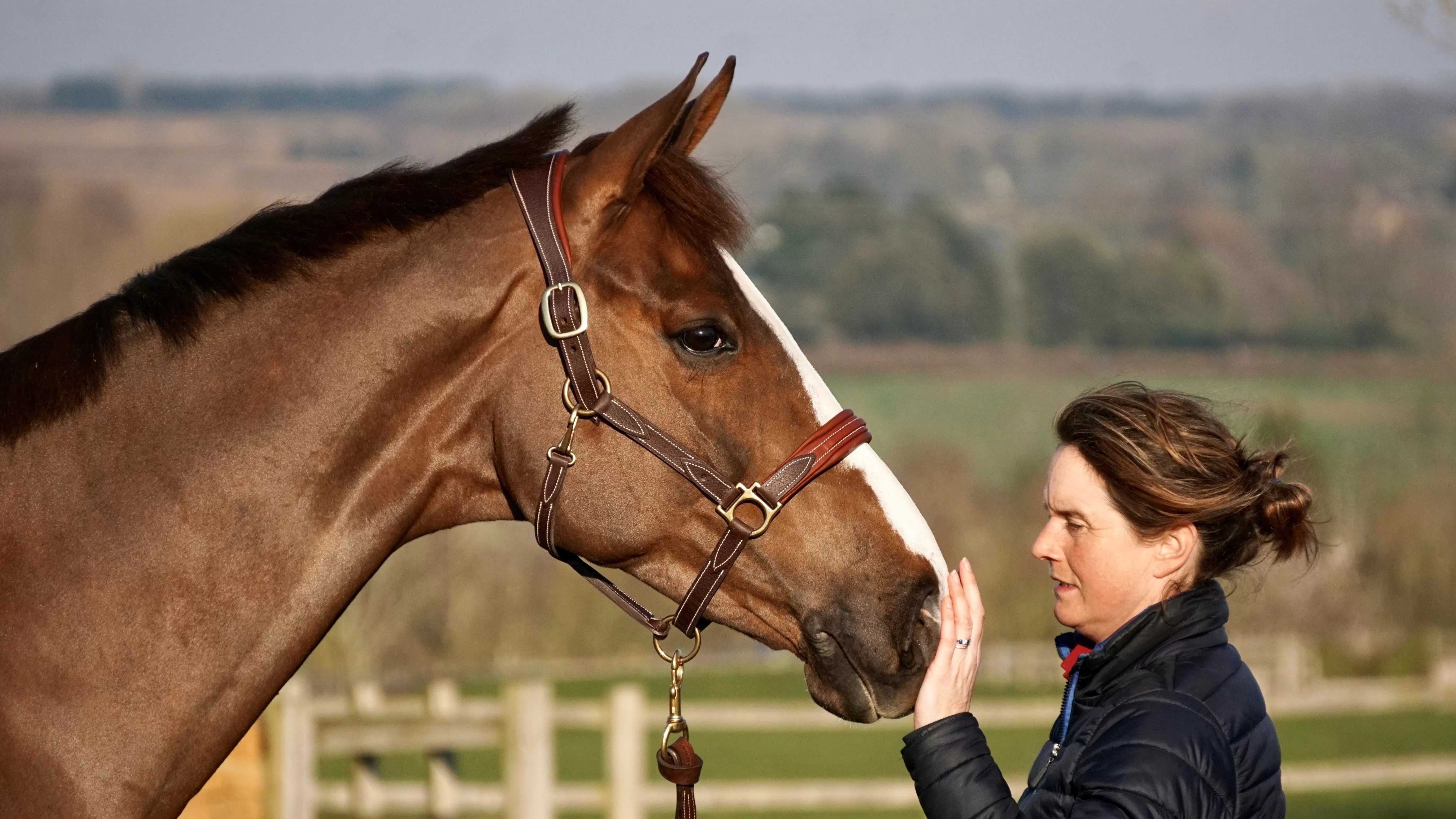
If you find that your horse has a raised temperature, don’t panic. First, carefully take the temperature again to ensure it is accurate. Make sure the thermometer is in contact with the wall of the rectum by angling it slightly once it is inserted. If fever is confirmed, check your horse’s pulse, respiration rate and demeanour for any additional signs of ill health. If the temperature is particularly high, or the horse still has a fever after being rested and monitored, take precautions to reduce the risk of possible infectious disease transmission while you contact your vet for advice. Remember that a horse with fever won’t be feeling well so they will benefit from rest and plenty of TLC, whatever the underlying cause.
*NEVER use old fashioned glass thermometers to take a horse’s temperature. Plastic digital thermometers are cheap and widely available.
Temp checking can be especially important when horses are new to a yard, or have been away at events. For other ways to help manage the risk as horses move, read our BEST separation blog here.

Redwings Press Office
Find out more about Redwings Press Office
